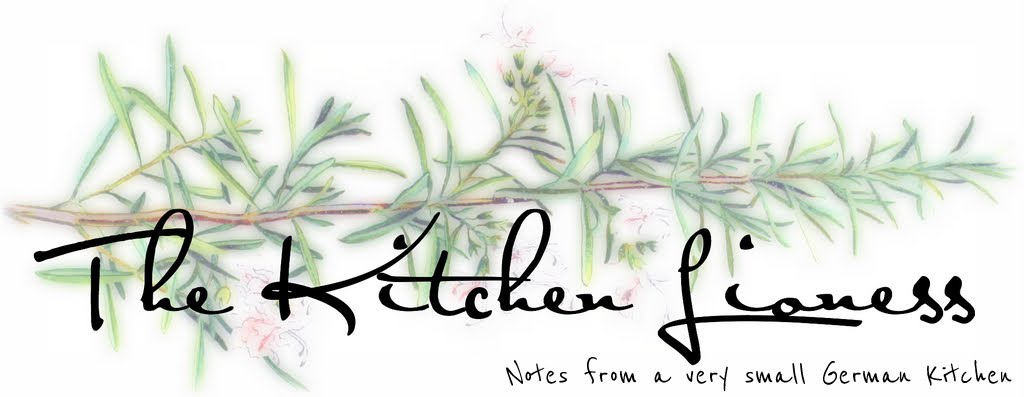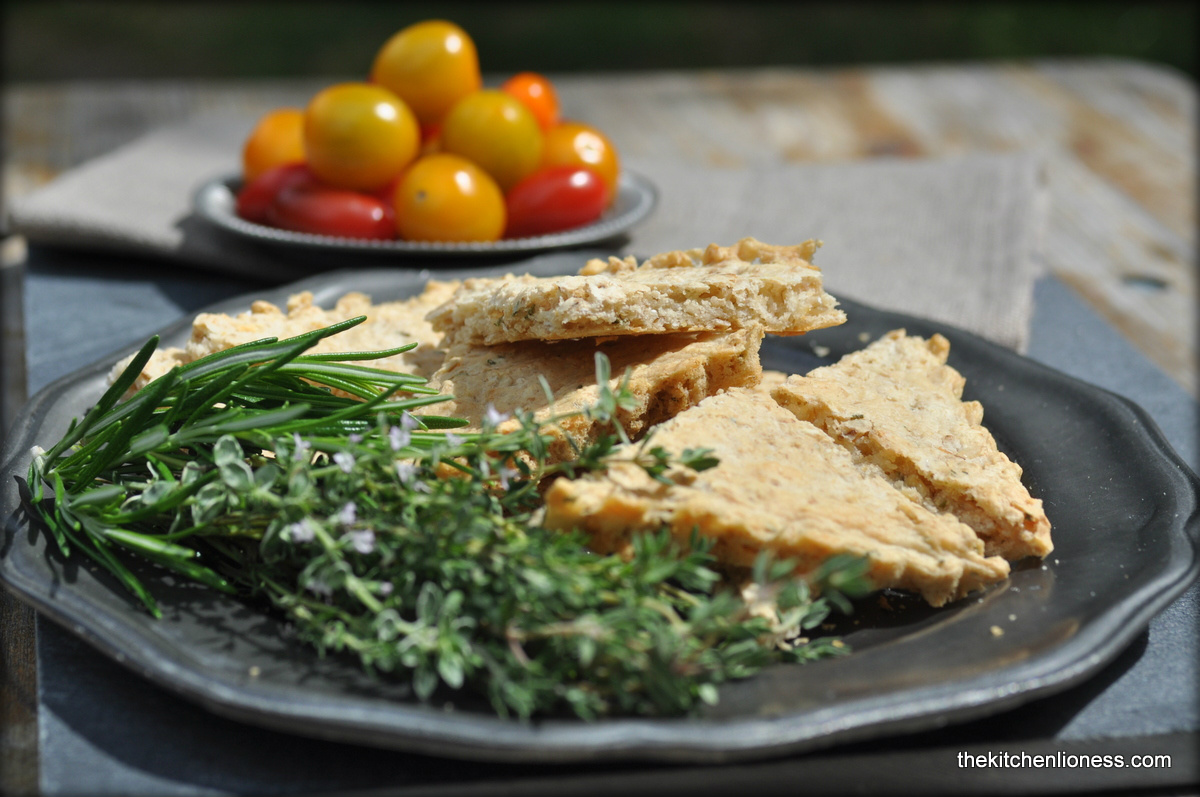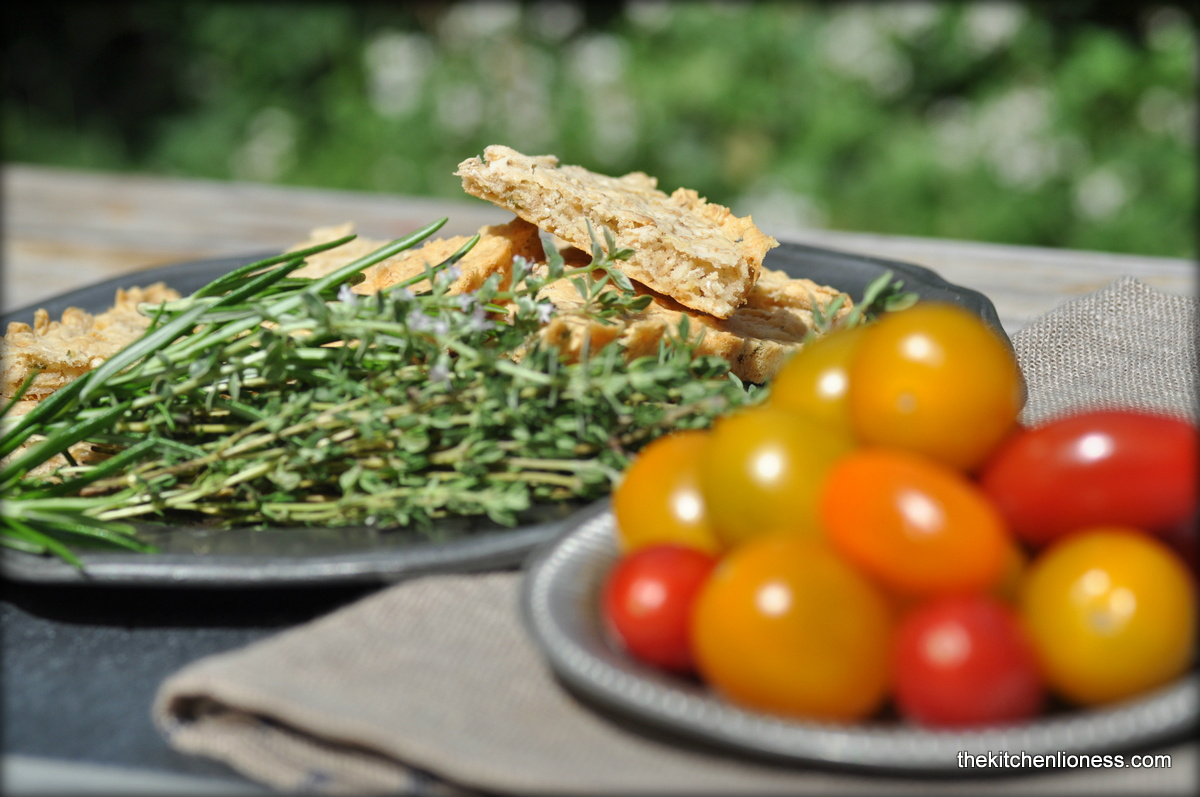This month of June marks the fourteenth month of our international online cooking group, The Cottage Cooking Club. As a group, recipe by recipe, we are cooking and learning our way through a wonderful vegetable cookbook written in 2011 by Hugh Fearnley-Whittingstall, entitled „River Cottage Everyday Veg“.
The Cottage Cooking Club is meant to be a project aimed at incorporating more vegetable dishes into our everyday cooking, learning about less known, forgotten or heritage vegetables, trying out new ways to prepare tasty and healthy dishes, and sharing them with family and friends.
One of the declared aims of our cooking group is to make a decided effort to use as much local, regional, organic and also seasonal produce as is reasonably possible.
My added personal aim this month was to make these lovely recipes even more appealing to the younger taste testers. It was fun adding even more colorful veggies or a few kid-friendly accents to the dishes. Since I prepared all ten recipes plus one make-up this month, I will write about each dish according to the order in which I prepared them.
My first recipe for this June post was the Tomato and olive couscous (page 231), from the chapter "Store-cupboard suppers“.
Instead of the coarse couscous, I used medium-sized pearl barley for this recipe. Pearl barley is a common ingredient around here. Therefore, it is widely available in small, medium and large - medium being perfect for salads and soups. So, if you cannot get your hands on couscous, you can definitely use pearl barley in this recipe or use other grains such as quinoa, farro, barley, or kamut.
As per the recipe, I also added halved cherry tomatoes in different colors, fresh basil and Italian parsley for the herbs, as well as black and green pitted and sliced olives. The leftovers are fabulous for school and office lunches - I will try to remember this recipe for my next picnic. So easy, so delicious and so worth making all summer long!
The second recipe that I prepared was the Macaroni peas (page 264) from the chapter „Pasta & Rice“.
So good and now it is also officially kid-approved. This dish works equally well with fresh and frozen or just frozen peas and it makes a nice side dish as well as main course for the kids. I decided to increase the nutritional value here and went with the wholewheat macaronis that I found while shopping for groceries in the Netherlands - they are smaller and have a distinct nutty flavor that stands up very well to the sweet fresh peas - a perfect recipe to try out the wholewheat variety of pasta on your kids.
If you want to amp up the flavor of this dish, I would recommend adding one or two finely sliced two shallots in addition to the garlic. Also, you are well advised to use a hard cheese with tons of flavor here. For dishes like this one I prefer a Pecorino Romano over the usual Parmigiano Reggiano - it has more of a bold flavor. And remember to top it all off with tons of freshly chopped basil and Italian parsley - adding even more flavor and that lovely veggie green color!
The third recipe for June were are the very summery and colorful looking Tomatoes with herbs (page 121) from the chapter of „Raw Assemblies“.
This is really a non recipe, we all need those in our repertoire, no matter who and how many people will dine with us. Just use tomatoes, olive oil, balsamic vinegar, herbs to your liking, sea salt and freshly ground black pepper - that´s all there is to it. Everyone should make this kind of tomato salad.
This is truly a wonderfully simple side salad that still delivers on flavor. Make sure to use the best seasonal sun-kissed tomatoes you can find - it's worth it.
And make sure to always add some fun to your food when serving those youngsters - a bit of color and distraction often goes a long way!
For the fourth recipe, I chose the delightfully summery New potato salad "tartare" (page 79) from the chapter "Hearty Salads". Hugh Fearnley-Whittingstall describes this salad as "a simple, deconstructed version of good old tartare sauce" that is used "to dress freshly cooked, earthly little new potatoes".
When I took a look at this recipe, I knew that the kids would really enjoy this salad because homemade tartare sauce happens to be one of their favorite sauces of all times, plus they adore potatoes and hard-boiled eggs. I found the most wonderful new potatoes which are the main ingredient of this salad, I also bought lots of fresh herbs and eggs from a farm nearby.
After boiling the new potatoes with skins on, the next step is the vinaigrette which consists of cider vinegar, Dijon mustard, olive oil, sea salt and freshly ground pepper. Remember that you have to dress the potatoes while still warm.
After the dressed potatoes have cooled somewhat, you add some capers, gherkins, chopped dill, parsley and chives and do not forget to very gently fold in the quartered hard-boiled eggs. Done! You might want to add some more salt and pepper just before serving - potato salads always seem to need a bit more salt and pepper than other salads.
We always enjoy this New potato salad tartare and although my family really likes the German-style potato salads with a mayonnaise dressing, they also really enjoy this version with a herby vinaigrette dressing. What a wonderful recipe - I really like to use the small new potatoes that are so very flavorful at this time of year, they do indeed lend a certain earthiness to this salad that is wonderful in combination with the tangy dressing with capers and gherkins and tons of herbs. Delightful!
My fifth recipe this month was a make-up, we made the Aubergine parmigiana aka melanzane alla parmigiana (page 18) from the chapter "Comfort Food & Feasts" back in July 2014 - I just never got around to taking any decent pictures - so this time, I made small. kiddie-sized portions and served the aubergine bake in those adorable tiny cocottes.
What can I say - this is a wonderful simple vegetarian bake made with mozzarella and Parmigiano Reggiano, as well as aubergines and a flavorful tomato sauce - this dish, in my humble opinion, will out-class any lasagna.
The mozzarella works brilliantly with the other flavors, and pulling an elastic string of the stuff out of the dish is a joy that never grows old. But I do not think that there is no point in using good buffalo mozzarella here though, it is too soft, and does not melt quite the same way, the more firm regular mozzarella cheese works much better.
Right now the markets are bursting with fresh, robustly flavored tomatoes crying out to be made into a sauce. And to me this is still a summer dish. Fresh basil and oregano from our garden were my herbs of choice here, in addition to the bay leaf that the recipe calls for. And you should serve this with your kids´ and your favorite bread. Room temp is fine - no need to serve these piping hot.
The sixth recipe for the lovely month of June was my personal favorite, hands down - the Bruschetta with garlicky broad bean purée, ricotta and mint (page 196) from the chapter "Bready Things".
Fresh broad beans aka fava beans are sweet and delicious pod beans with a smooth creamy texture. They only have a short natural season during the summer, so are often dried, canned or frozen to preserve them. Fresh beans are more popular than the dried variety, which tend to be quite floury. Young thin beans are eaten pods and all, but larger, older broad beans need to have the tough pods removed. This recipe works with either fresh or frozen broad beans.
You make a broad bean purée first with garlic, butter and beans. Prepare your bread slices and add the warm purée to the bread, then scatter fresh ricotta on top and finish with flaky French sea salt and freshly ground black pepper - plus some of the best-quality cold-pressed olive oil (from my local oil mill) that you can get your hands on....finish off with some mint (optional).
Just look at the beautiful so-called "apple mint" that I am growing in my garden - it smells like green apples and mint...
This is a perfect summer appetizer! Sweet garlicky broad bean purée, creamy milky ricotta, crunchy sea salt and that toasted bread and the final touch of olive oil - this is the best food at this time of year and I am loving it!
The seventh recipe was the Halloumi, new potato and tomato kebabs (page 334) from the chapter "Roast, Grill & Barbecue". The marinade consisted of olive oil, thyme from the garden, local runny honey and chilli flakes (plus salt and pepper) - for the veg I used small new potatoes, grape tomatoes, yellow summer squash and zucchinis as well as Greek Halloumi.
For the skewers, I went with rosemary twigs (really long ones) instead of wooden skewers - that works so brilliantly as the rosemary branch will give off a lot of that lovely woodsy flavor to the grilled cheese and veg - perfect BBQ summer fare and colorful enough to make even the most picky of eaters more than happy - who does not like fancy finger food of sorts?! Just be careful when using rosemary twigs instead of wooden skewers, they are not as robust and should be picked up with caution while still hot off the grill.
Onto recipe number eight, one of our kids two favorites this month, the Ribollita (page 151), from the chapter of “Hefty Soups".
When I chose this hearty Italian soup, I did not realize that a lot of people think of this soup as some type of winter soup - well, summer around here was late in arriving and I think I managed to cook this up and make it just as delicious to enjoy on a rainy summers´day. You can speed things up here and use canned cannellini beans or make them from scratch but then you need to plan ahead as the dried beans must soak overnight. For the soup use onion, carrots, celery, leeks and tomatoes and a well-seasoned homemade vegetable stock (page 130), then some fresh rosemary, thyme and pepper and salt. Simmer gently away for an hour or so, add shredded kale or fresh spinach (as I did) at the very end.
Serve bread alongside or serve by putting a slice of toasted bread that has been rubbed with garlic in each plate and pour the soup over the bread. Either way this is a wonderful family-style rustic soup that can be tailored to your family´s preferences and the season - a great recipe to have in the back of your mind.
The ninth recipe this month were the Leeks (and greens) with coconut milk (page 378), from the chapter "Side Dishes". This is a wonderfully simple side dish - I used young leeks (white and pale green parts only) and fresh spinach here (remove all tough stems and shred, no need to steam the spinach, a quick saté together with the previously softened leeks is fine here) - a great combination with the mild curry powder I used and the creamy coconut milk.
I also added a few finely chopped needles from my curry plant, a herb that grows like crazy in our garden these days and that lends an extra mild curry note to dishes and has very pretty yellow flowers.
My tenth recipe was the one I had been waiting to make for the longest time ever since I saw it in the book, the Beet top (or chard) and ricotta tart (page 47) from the chapter "Comfort Food & Feast".
Alas, repeated trips to the market could not make me find those elusive beet tops but I will some day come across them and make this lovely summer tart again. In the meantime I used fresh spinach as well as lemony sorrel.
The name sorrel is used to describe several related plants, including wild sorrel and French sorrel. Its name derives from the French for "sour", in reference to the plant’s characteristic acidity. The leaves of the sorrel plant are the part used in cookery. Sorrel leaves are generally large, bright-green and arrow-shaped with a smooth, crisp texture. Buckler leaf sorrel has tiny, shield-shaped leaves that are good in a mixed green salad or as a garnish. All sorrel is wonderfully sour with a lemony flavor.
Sorrel definitely adds such a lovely edge to creamy and delicately flavored foods so it is perfect in a tart made with a creamy custard like this one. The leaves are easy to prepare, just wash them well and remove any tough stalks. Unless they are very small, the leaves are generally best shredded, just roll them up, then slice them across thinly. Once shredded and added to a hot pan, sorrel wilts dramatically, rather like spinach (to which it is related). It also loses its bright green color and quickly takes on a different hue - so cook quickly and add some fresh spinach to the mix for brightness and for taste.
This tart is well worth making. The pastry case is easy to work with and fits perfectly in my tart pan with the high sides. The green filling is obviously easily adaptable and I liked that the recipe calls for scattered ricotta on top of the wilted greens. The ricotta "pockets" stayed intact while baking and made for the most delightful creamy white bites within the custard - we all enjoyed this tart tremendously.
Time to take a bit of a break with a look at these beauties - borlotti beans! A rare and treasured find of mine at my favorite Italian market!
And last but not least the Pistachio dukka (page 294), form the chapter of "Mezze & Tapas", a traditional Persian combination of nuts, seeds and spices that is usually served in a small dish alongside a bowl of olive oil.
Hugh´s recipe calls for unsalted pistachios and sesame seeds (I used the regular ones as well black sesame seeds that always adds such a nice accent) - for the spice mix I used cumin and coriander seeds (I skipped the mint), chilli flakes and flaky sea salt - loved warming the spices until they smelled wonderful and filled the kitchen with incredible aromas. And the kids always enjoy using my beloved and very heavy pestle and mortar to grind the spices - what fun with a very delicious outcome.
Served with a fruity olive oil, fresh flatbread with sesame seeds and some lovely tiny black French olives (Merci à Dominique), we found this dry dip to be utterly addictive, I am keeping a bit of the left-over in the fridge and will make it again, for sure, maybe even add a bit more spice next time- what a delicious surprise of a recipe.
Another month full of wonderful vegetable dishes – we could not have been happier this month with the recipes and the younger taste testers also enjoyed that extra bit of attention - it really does not take much to get kids interested in healthy foods - just make it fresh, let them smell the ingredients, let them help with the shopping and the cooking and let them taste along the way. Let them use that pestle and mortar. Do not make the food too spicy and do not get discouraged if they do not like a dish or two, there are quite a few things out there that we do not enjoy so much either...your motto should always be:
"...there is no such thing as kids food, only good food." (CP).
Please note, that for copyright reasons, we do NOT publish the recipes. If you enjoy the recipes in our series, hopefully, the wonderfully talented and enthusiastic members of The Cottage Cooking Club and their wonderful posts can convince you to get a copy of this lovely book. Better yet, do make sure to join us in this cooking adventure! There is still time!
For more information on the participation rules, please go here.
To see which wonderful dishes the other members of The Cottage Cooking Club prepared during the month of June, please go here.



















